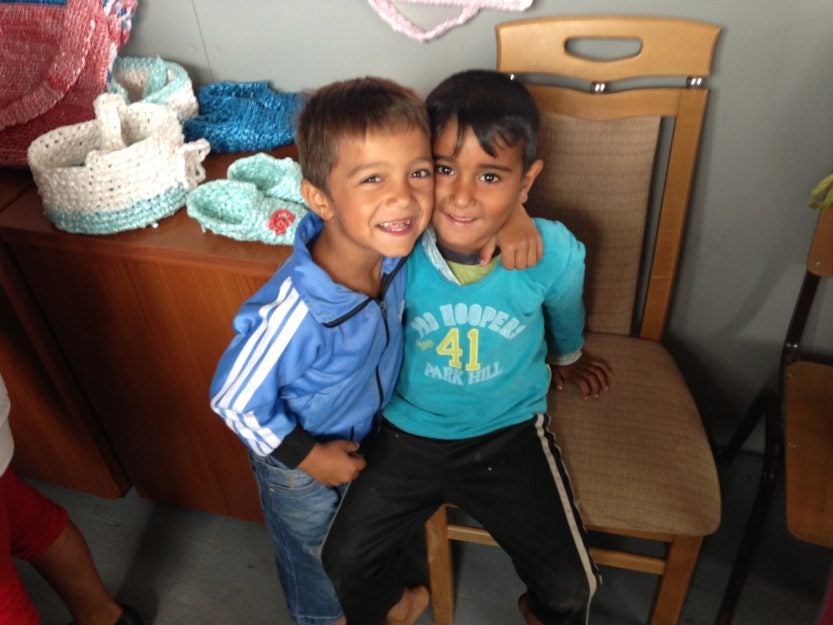Submission deadline: 28 February 2017
 by Jacqueline Bhabha, Margareta Matache, and Teresa Sordé Martí
by Jacqueline Bhabha, Margareta Matache, and Teresa Sordé Martí
Wherever they live, whether in low- or high-income regions, Roma populations experience significantly greater difficulty accessing health rights than the majority population. A substantial body of research and several civil society reports reflect serious concern regarding the implementation of fundamental principles that are essential tools for ensuring a universal right to health. According to these materials, non-discrimination in ensuring not only the availability of quality health resources, but access to them, is the exception rather than the rule, particularly on the part of governments with sizeable Romani populations.
In Europe, where most documentation about this global diaspora exists, evidence shows a significantly lower quality of health conditions and services in Romani communities than in comparable majority neighborhoods. According to a 2012 survey covering 11 EU countries, 20% of Romani respondents were not covered by medical insurance. What is more, many Romani neighborhoods and settlements lack medical facilities, drug stores, or hospitals. The Roma are also disproportionally unvaccinated, undernourished, and burdened by low birth weight and perinatal mortality. Programs established by the European Union and national governments to promote and enhance a Roma right to health have, alarmingly, mostly failed because of pervasive and unchecked discrimination and marginalization.
The Harvard Health and Human Rights Journal will publish a special section in December 2017 to address this important and neglected topic. Romani Global Diaspora: Implementation of the Right to Health will explore the strengths and weaknesses of health-based policies and initiatives, including grassroots Roma and Roma led programs, that are geared towards realizing a Roma equal access to health.
For Roma groups living in the Americas, Central Asia or the Middle East, there is almost no literature or awareness regarding implementation of the right to health, as signaled in 2016 by the UN Special Rapporteur on minority issues, Rita Izsak-Ndiaye. There is also a serious dearth of academic or policy work that addresses the particular needs and intersectional discrimination affecting Roma people with disabilities, LGBTI Roma, Roma children and youth, Roma women, Roma migrants and other Roma constituencies. The goal of this special section of the Health and Human Rights Journal will be to increase the international community’s attention to these interconnected, global issues.
Some progress in reducing health disparities has been made by government institutions and civil society organizations. Several Romani civil society organizations have developed programs specifically targeting health related discrimination, for example, through the introduction of community based health mediators, familiar with their apprehensions of their local constituencies.
One goal has been to promote mainstreaming of health care, to make it more accessible and responsive to community needs. Another has been to use litigation to challenge health related discrimination affecting Roma communities. There is some evidence of positive outcomes from these initiatives, including some success in rolling out high quality primary health care programs.
However, rigorous evaluations have yet to be conducted and there remains a pressing need for credible research to document successful pilots and monitor and evaluate their sustainability and broader replicability. These topics are the target focus of the special issue, which will explore practical, conceptual and theoretical analyses of interventions addressing the right of Roma to health in different contexts and regions of the world.
For the purpose of the special section, submissions from scholars, practitioners and activists are welcome. While we expect some submissions to document ongoing health inequalities and their causes, others may explore innovative programs and strategies to promote Roma health and assess successes and challenges in their implementation.
Full submission details for authors are here. Manuscripts must be submitted by 28 February 2017.

